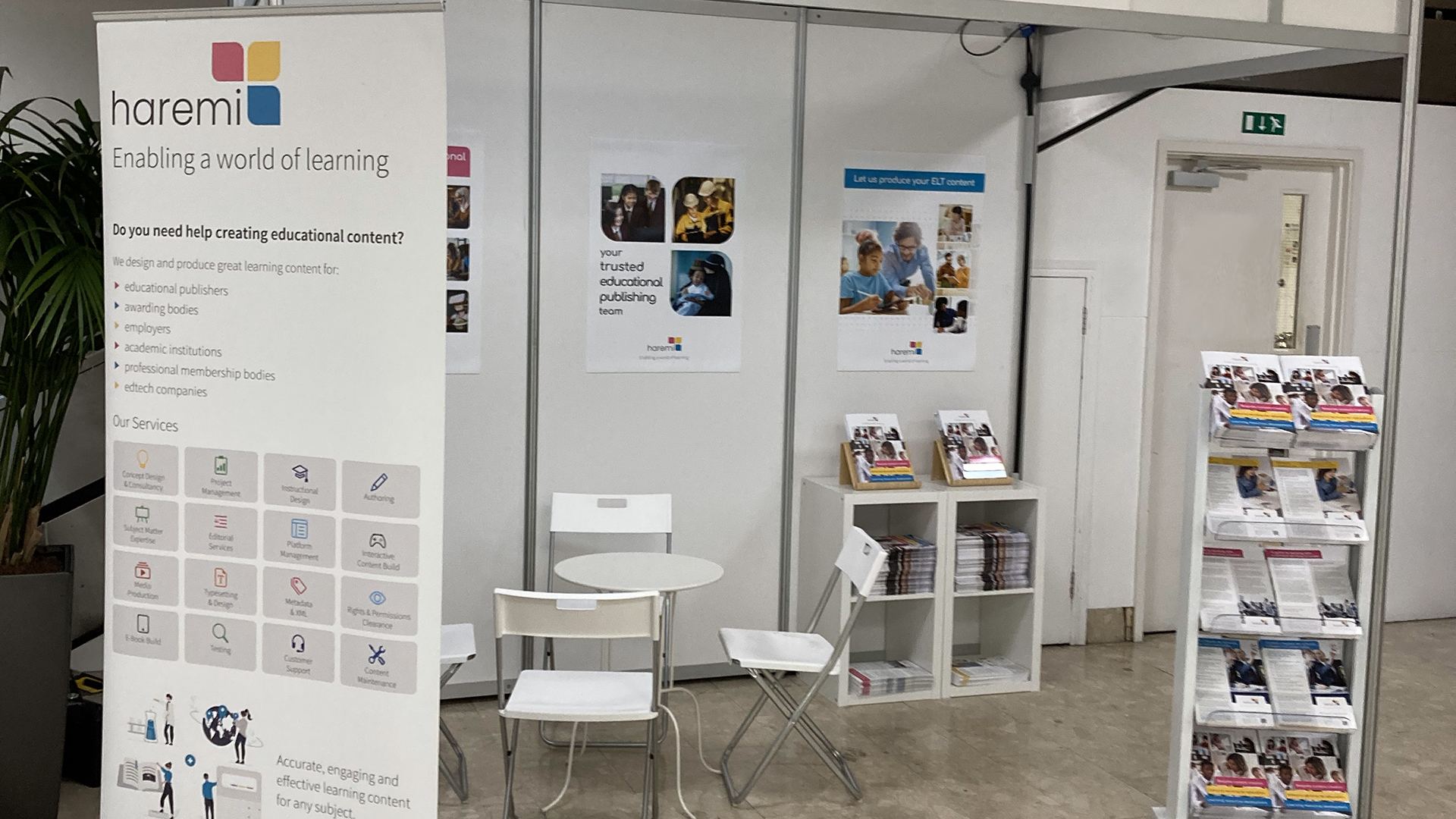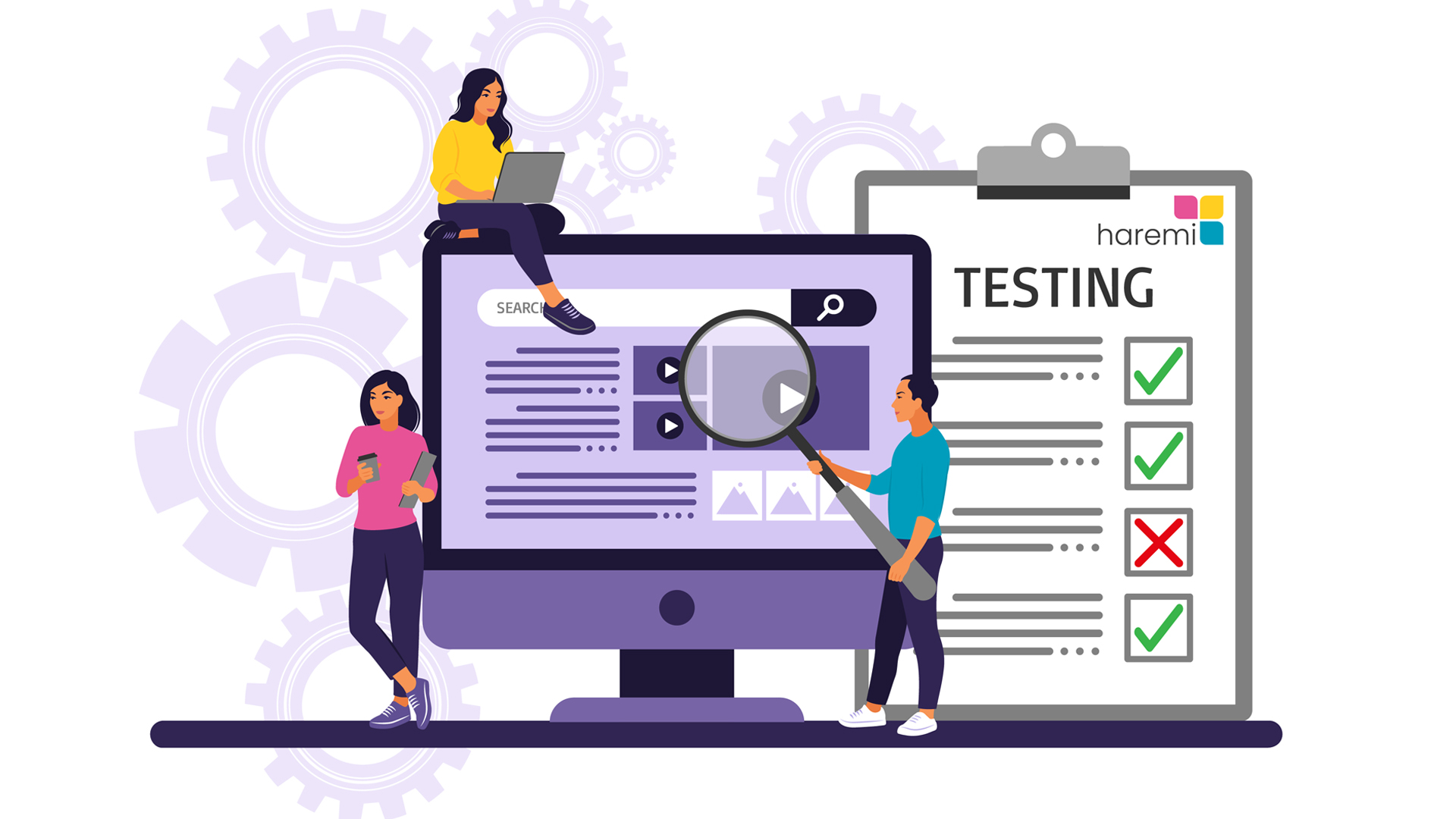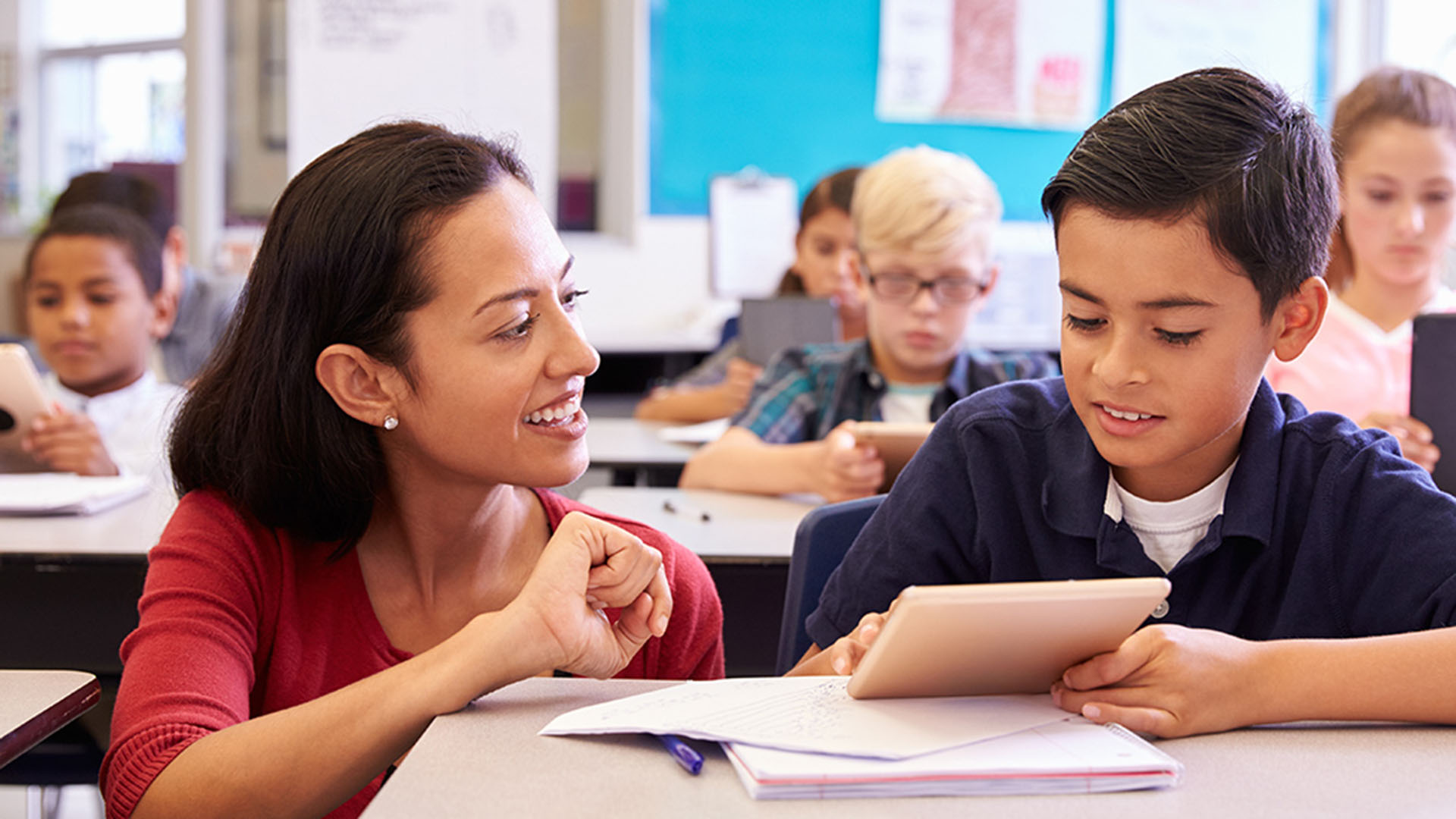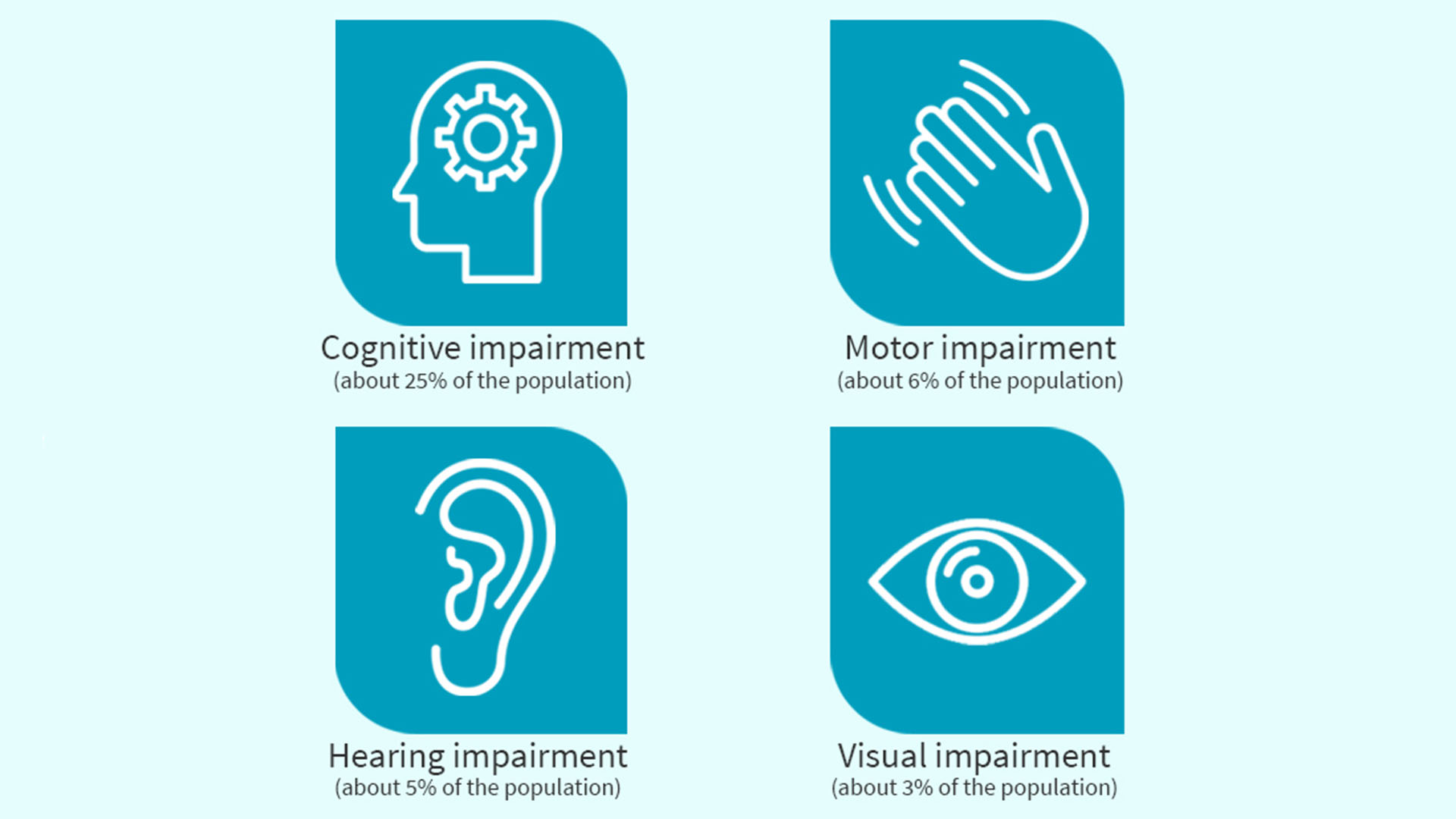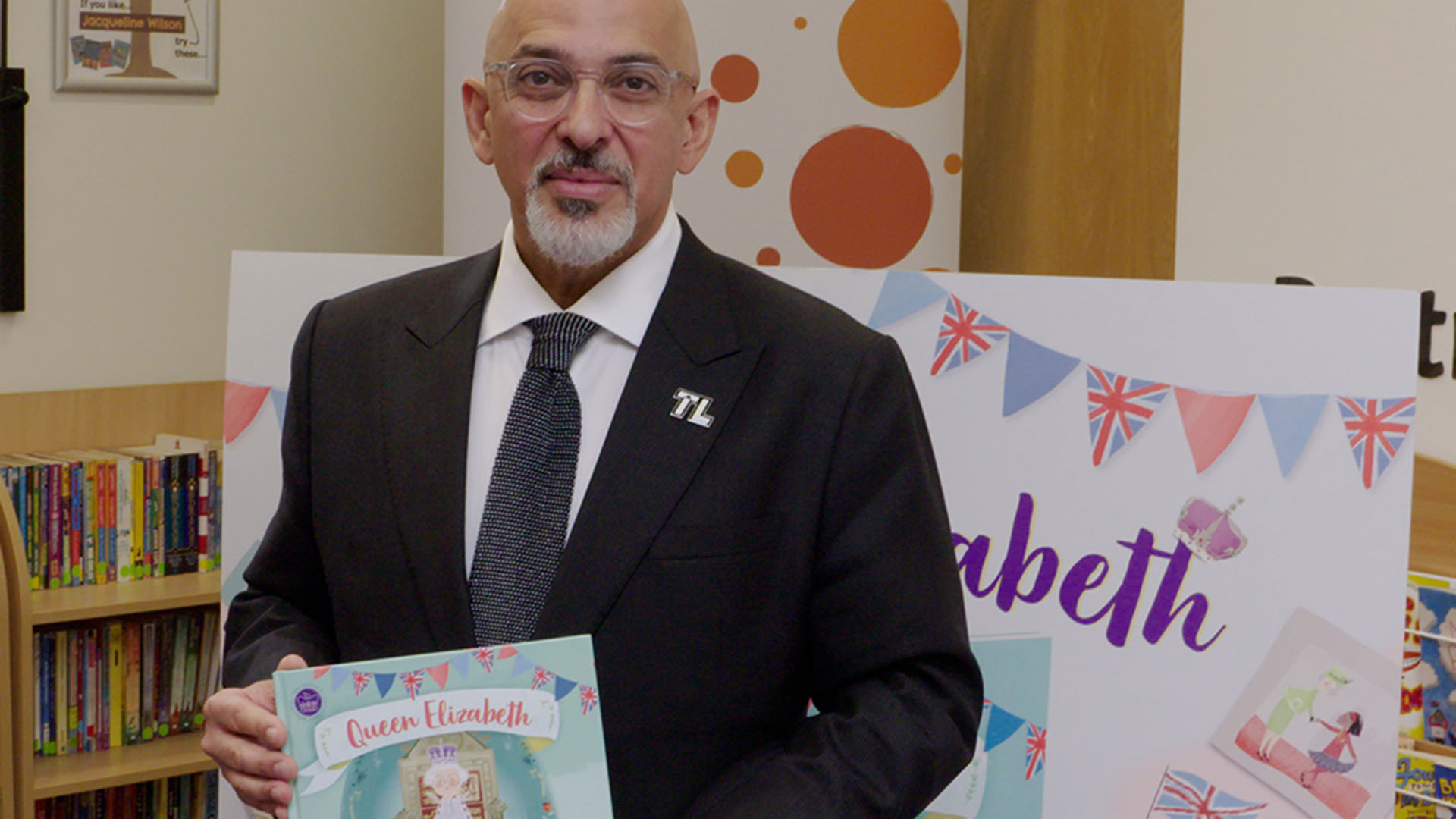
Product concept design for leading digital education resources
At Haremi, we think the demand for innovative and effective digital materials has never been greater. The growth of online learning has significantly changed how knowledge is imparted and received in educational settings throughout the world. As a regular development partner to learning providers who develop innovative new online learning resources, we're often asked to advise during the early stages of educational book, course, application or resource design. Drawing upon some recent projects we've worked on, here are some useful strategies to help develop innovative educational product concepts.
Understand the learner's perspective
The success of any educational resource lies in its ability to address the needs and challenges faced by its intended audience. Instead of approaching design from a purely technological standpoint, we recommend starting by researching the hurdles faced by teachers or learners and understand the specific problems to be solved. Collaborate with them, host focus groups, and invest time in recognising their aspirations. This ground-up approach ensures the product is rooted in practicality and usability.
Prioritise pedagogical integrity
The goal of any educational resource is to facilitate effective learning. No matter how cutting-edge the technology, it should never overshadow the pedagogical content. Our approach to learning design is to ensure it's aligned with established educational principles, offering a blend of traditional methods with contemporary best practice, and ensuring interactions, experiences and processes are created to support impactful learning.
Foster interactive engagement
Students who have grown up in the age of the internet expect interactivity. Static pages of text won't fully engage them. We've worked on features such as dynamic multimedia, gamified elements and interactive quizzes to help develop knowledge and build understanding. These features not only engage but also cater to different learning styles, from auditory to visual learners.
Ensure scalability and adaptability
Change occurs rapidly in education. New research emerges, curriculums change, and teaching methodologies advance. Contemporary digital resources should be designed with flexibility in mind. They should be easy to update, modify, or expand without significant overhauls. Content production processes should be efficient, scalable and cost-effective. This ensures longevity and relevance in quickly changing landscape.
Embrace accessibility and inclusivity
In the age of global classrooms and diversified learning styles, it's vital to create resources that cater to everyone. Consider students with disabilities, those who speak English as a second language, and those who might not have access to high-speed internet or the latest technology. An inclusive product will not only expand your market reach but will also help foster equal opportunities for all.
Seek feedback and continuously iterate
The journey doesn't end once the product is launched. The most successful edtech providers are those who understand that education is an evolving field. Continuously seek feedback from users, be it teachers, students, or administrators. They will offer insights that you might not have considered, ensuring your product is always relevant and effective.
In our experience, the success of a market-leading digital learning resource isn't determined merely by its technological capability but by its ability to understand and cater to the needs of its users. By focusing on the needs of teachers and learners, upholding pedagogical values, and championing adaptability and inclusivity, edtech providers can develop solutions that will shape the future of global education. If you'd like to find out more about our product concept design services, or other ways we can help you, please contact us.












